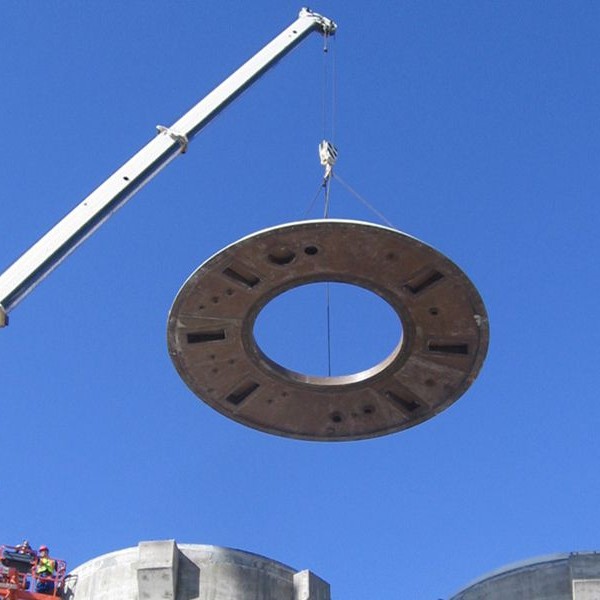
-
 Afrikaans
Afrikaans -
 Albanian
Albanian -
 Amharic
Amharic -
 Arabic
Arabic -
 Armenian
Armenian -
 Azerbaijani
Azerbaijani -
 Basque
Basque -
 Belarusian
Belarusian -
 Bengali
Bengali -
 Bosnian
Bosnian -
 Bulgarian
Bulgarian -
 Catalan
Catalan -
 Cebuano
Cebuano -
 China
China -
 China (Taiwan)
China (Taiwan) -
 Corsican
Corsican -
 Croatian
Croatian -
 Czech
Czech -
 Danish
Danish -
 Dutch
Dutch -
 English
English -
 Esperanto
Esperanto -
 Estonian
Estonian -
 Finnish
Finnish -
 French
French -
 Frisian
Frisian -
 Galician
Galician -
 Georgian
Georgian -
 German
German -
 Greek
Greek -
 Gujarati
Gujarati -
 Haitian Creole
Haitian Creole -
 hausa
hausa -
 hawaiian
hawaiian -
 Hebrew
Hebrew -
 Hindi
Hindi -
 Miao
Miao -
 Hungarian
Hungarian -
 Icelandic
Icelandic -
 igbo
igbo -
 Indonesian
Indonesian -
 irish
irish -
 Italian
Italian -
 Japanese
Japanese -
 Javanese
Javanese -
 Kannada
Kannada -
 kazakh
kazakh -
 Khmer
Khmer -
 Rwandese
Rwandese -
 Korean
Korean -
 Kurdish
Kurdish -
 Kyrgyz
Kyrgyz -
 Lao
Lao -
 Latin
Latin -
 Latvian
Latvian -
 Lithuanian
Lithuanian -
 Luxembourgish
Luxembourgish -
 Macedonian
Macedonian -
 Malgashi
Malgashi -
 Malay
Malay -
 Malayalam
Malayalam -
 Maltese
Maltese -
 Maori
Maori -
 Marathi
Marathi -
 Mongolian
Mongolian -
 Myanmar
Myanmar -
 Nepali
Nepali -
 Norwegian
Norwegian -
 Norwegian
Norwegian -
 Occitan
Occitan -
 Pashto
Pashto -
 Persian
Persian -
 Polish
Polish -
 Portuguese
Portuguese -
 Punjabi
Punjabi -
 Romanian
Romanian -
 Russian
Russian -
 Samoan
Samoan -
 Scottish Gaelic
Scottish Gaelic -
 Serbian
Serbian -
 Sesotho
Sesotho -
 Shona
Shona -
 Sindhi
Sindhi -
 Sinhala
Sinhala -
 Slovak
Slovak -
 Slovenian
Slovenian -
 Somali
Somali -
 Spanish
Spanish -
 Sundanese
Sundanese -
 Swahili
Swahili -
 Swedish
Swedish -
 Tagalog
Tagalog -
 Tajik
Tajik -
 Tamil
Tamil -
 Tatar
Tatar -
 Telugu
Telugu -
 Thai
Thai -
 Turkish
Turkish -
 Turkmen
Turkmen -
 Ukrainian
Ukrainian -
 Urdu
Urdu -
 Uighur
Uighur -
 Uzbek
Uzbek -
 Vietnamese
Vietnamese -
 Welsh
Welsh -
 Bantu
Bantu -
 Yiddish
Yiddish -
 Yoruba
Yoruba -
 Zulu
Zulu
inserting rock bits techniques and strategies for efficient
Inserting Rock Bits Techniques and Strategies for Efficiency
Rock drilling is a crucial process in various industries, including mining, construction, and oil exploration. At the heart of this operation lies the rock bit, a critical tool designed to penetrate tough geological formations. The efficiency of drilling operations hinges significantly on the techniques and strategies utilized in inserting rock bits. This article explores effective methods to enhance drilling performance and optimize resource utilization.
Understanding Rock Bits
Before delving into insertion techniques, it is essential to grasp the types of rock bits utilized in drilling. The three primary categories include roller cone bits, diamond bits, and fixed cutter bits. Each type has unique characteristics suited to specific applications, such as soft rock versus hard rock penetration. Selecting the appropriate bit is the first step toward achieving efficiency, as it directly impacts drilling speed, durability, and overall performance.
Techniques for Inserting Rock Bits
1. Proper Bit Selection and Compatibility The first technique in efficient rock bit insertion is choosing the right bit for the geological conditions. Factors such as rock hardness, moisture content, and the presence of fractures should guide the selection process. Utilizing a bit designed for the specific conditions ensures optimal performance and reduces wear.
2. Use of Advanced Drilling Equipment Employing modern drilling rigs equipped with advanced features can enhance the insertion process. Hydraulic systems that allow for better control of pressure and torque are vital. Enhanced stabilization mechanisms also help maintain the bit's position during drilling, preventing premature wear and breakage.
inserting rock bits techniques and strategies for efficient

3. Optimal Weight-on-Bit (WOB) Management Maintaining an optimal weight-on-bit is essential for efficient rock penetration. Too much weight can lead to bit damage, while too little can cause inadequate penetration. Operators should continuously monitor and adjust WOB to match the rock type and drilling conditions, ensuring steady and efficient progress.
4. Fluid Management The drilling fluid, or mud, plays a pivotal role in the insertion of rock bits. The fluid helps cool the bit, carries away cuttings, and stabilizes the borehole. Choosing the appropriate fluid type and maintaining the correct viscosity can significantly impact drilling efficiency. Regular monitoring and adjustment of the fluid properties are vital to optimize performance.
5. Regular Bit Inspection and Maintenance Before and after insertion, thorough inspection of the rock bit is crucial. Checking for wear, damage, and alignment ensures that the bit is in optimal condition for the next insertion. Regular maintenance and timely replacement of worn bits prevent downtime and enhance efficiency in drilling operations.
6. Data-Driven Decision-Making Utilizing data analytics and monitoring technologies allows operators to refine their drilling strategies continually. Collecting data on bit performance, penetration rates, and geological conditions can provide insights that lead to more informed decision-making and improved future strategies.
Conclusion
Efficient insertion of rock bits is a multifaceted process that calls for strategic planning and execution. By focusing on proper bit selection, advanced equipment use, optimal weight management, effective fluid use, diligent maintenance, and data analysis, drilling operations can achieve remarkable efficiency. As the industry advances, embracing new technologies and methods will remain vital in enhancing the performance of rock drilling activities, leading to increased productivity and reduced operational costs. The integration of these techniques ultimately contributes to a more sustainable and efficient future in the world of drilling.









